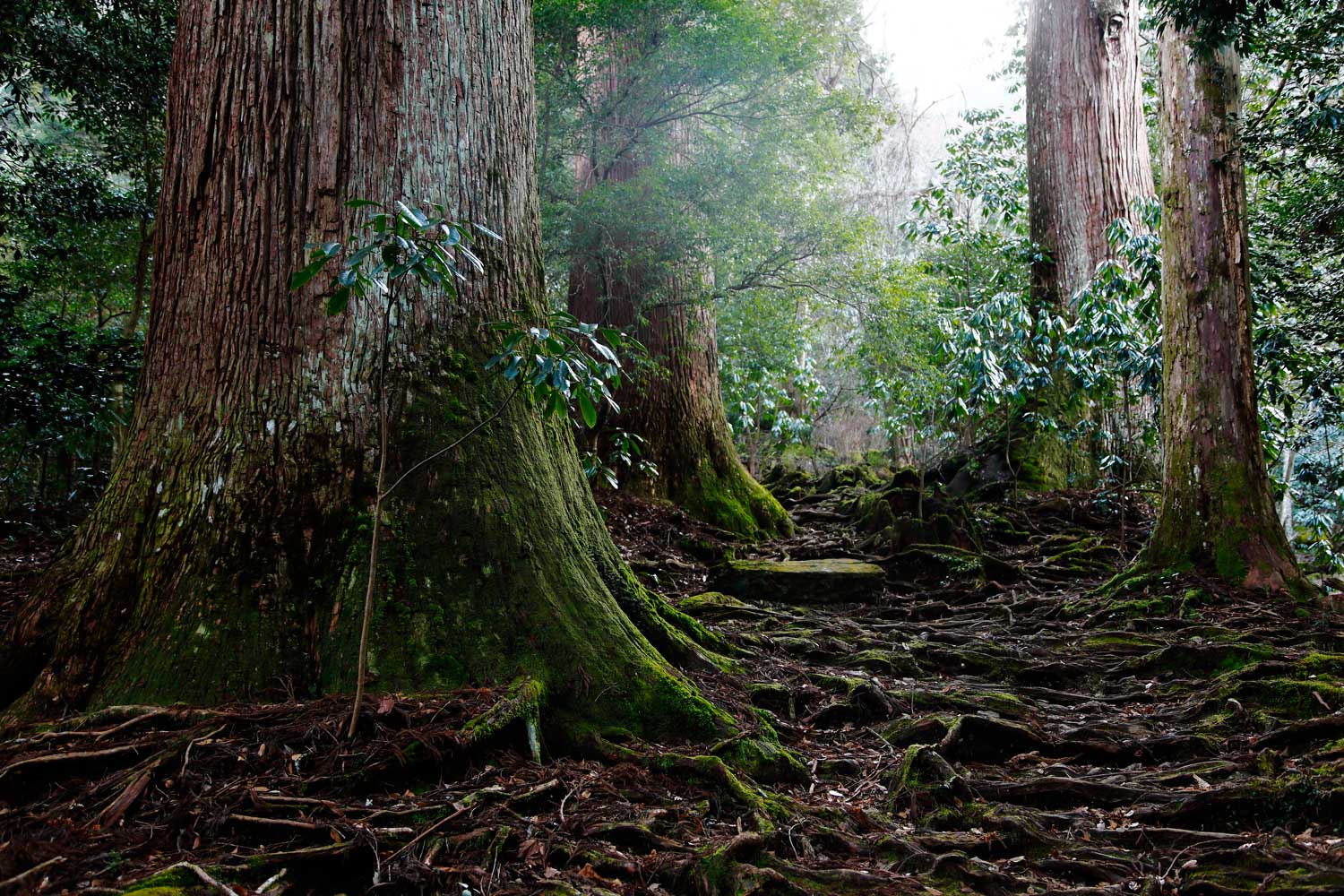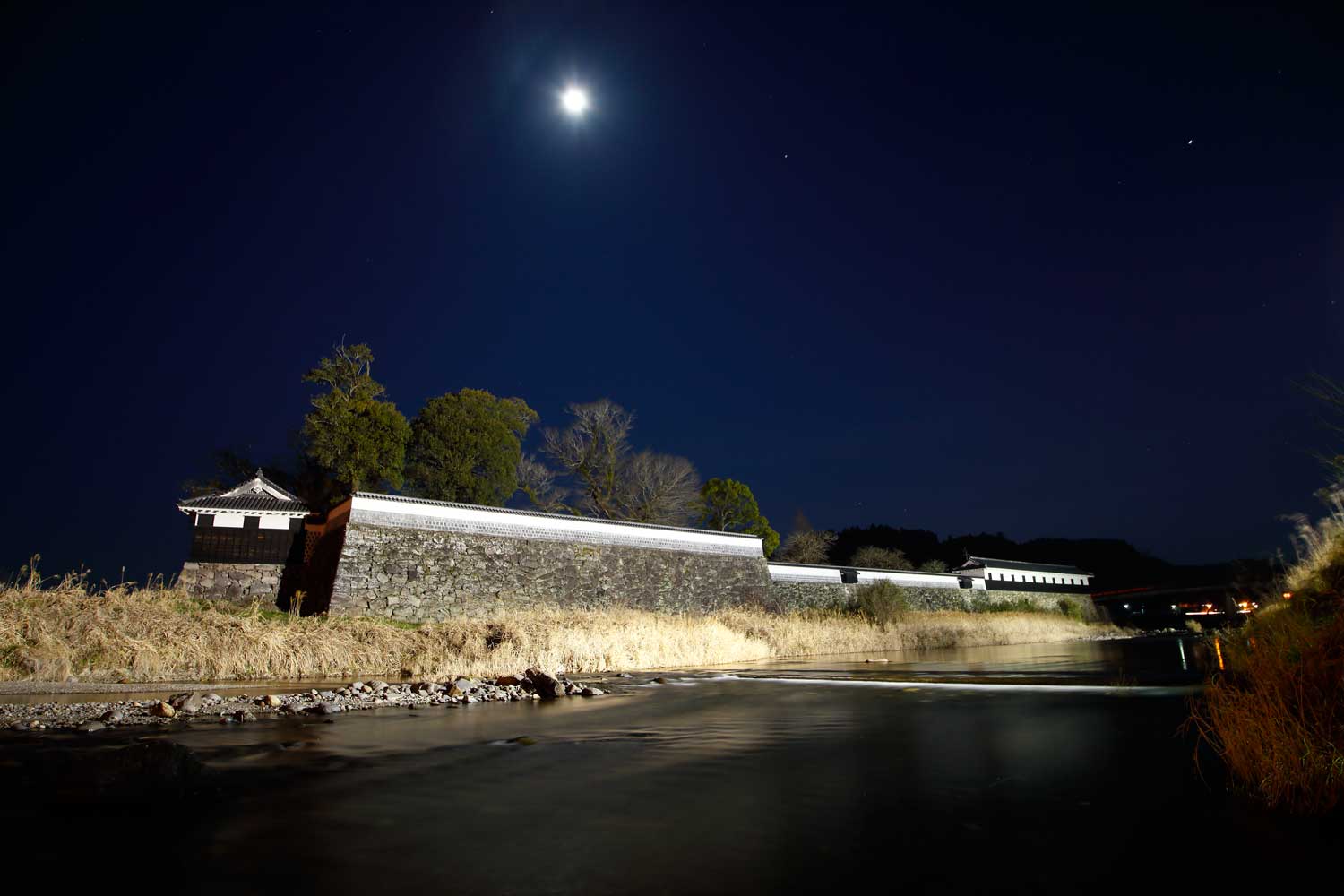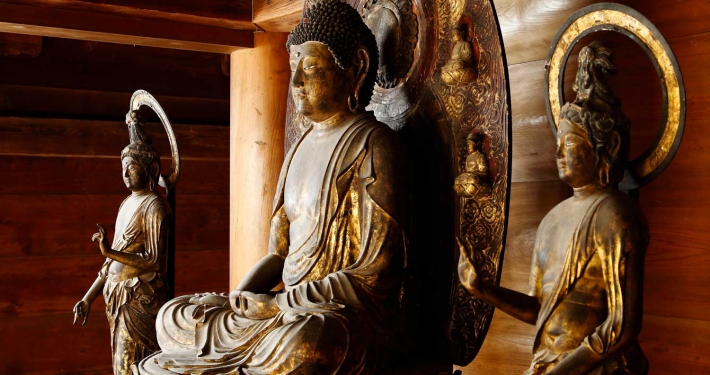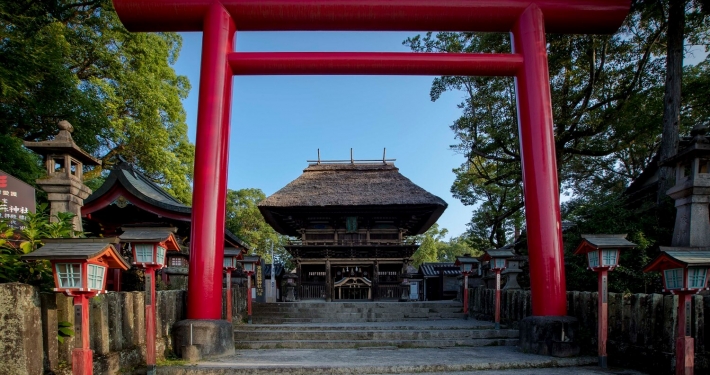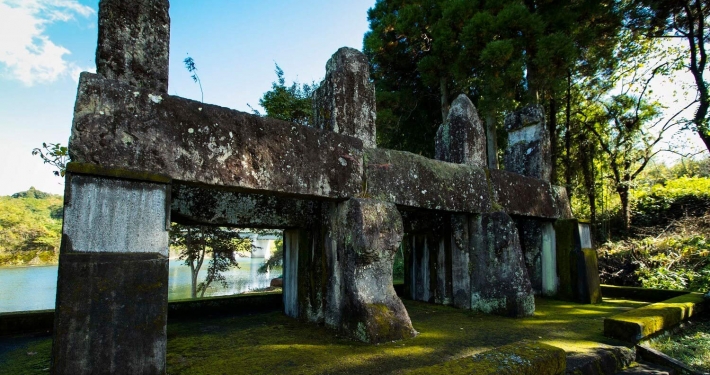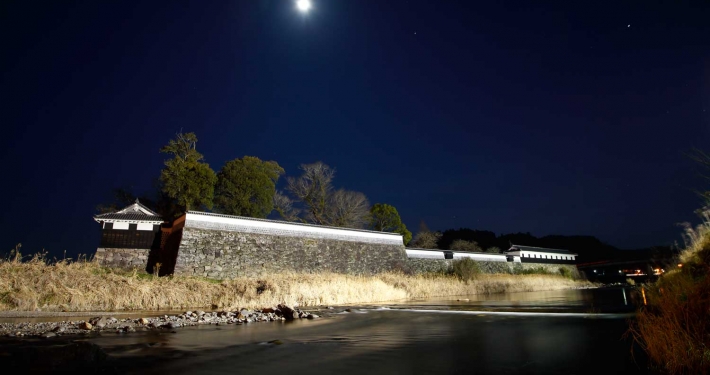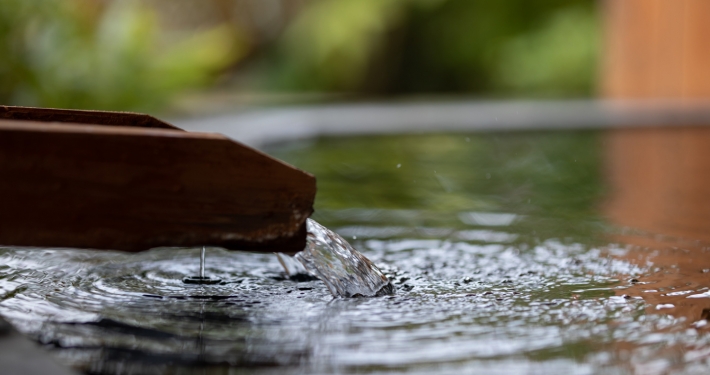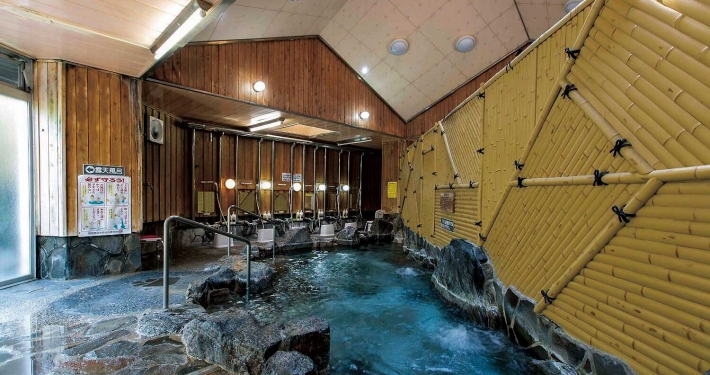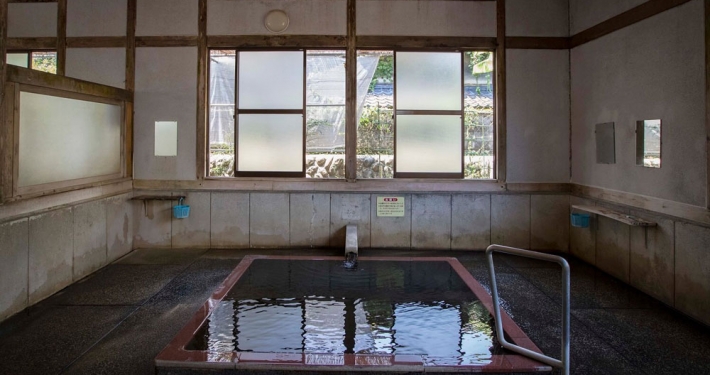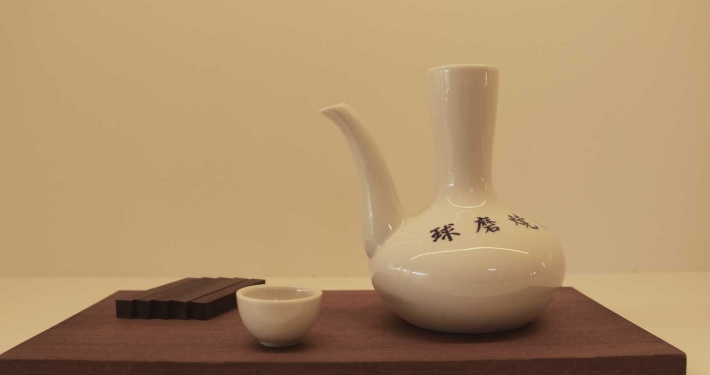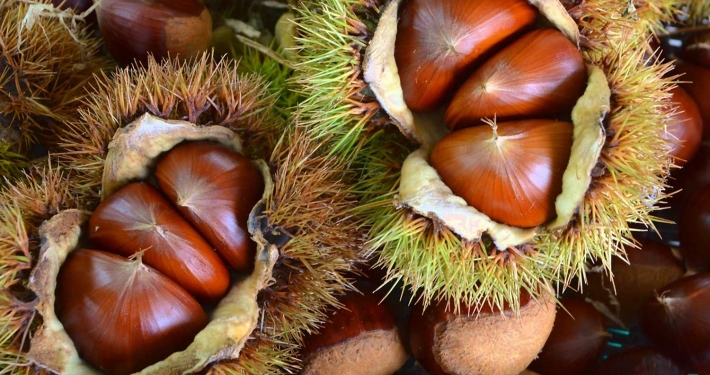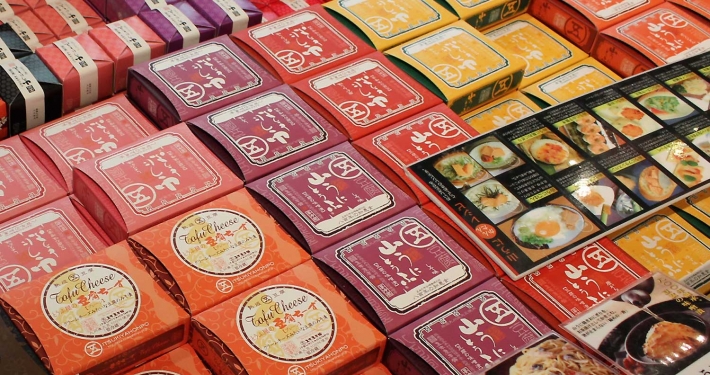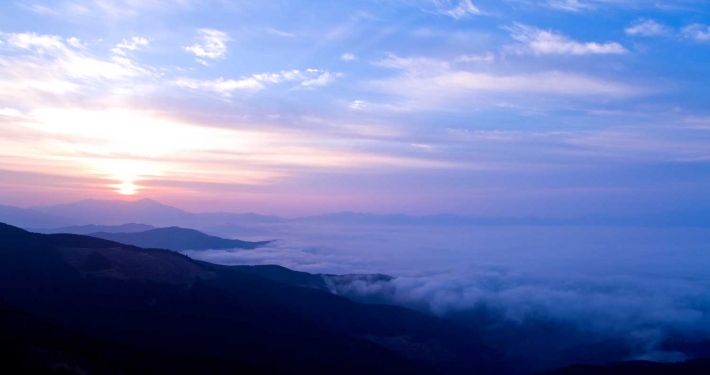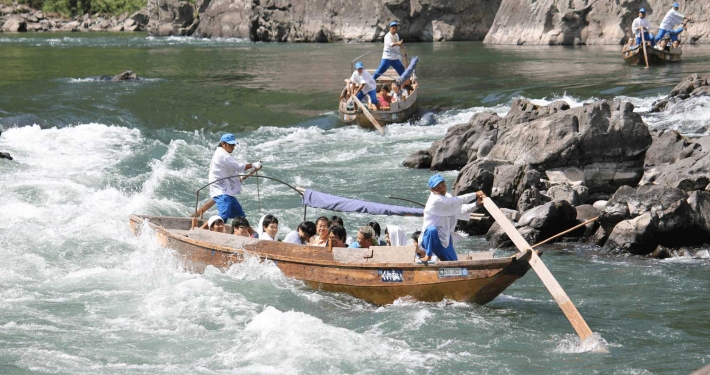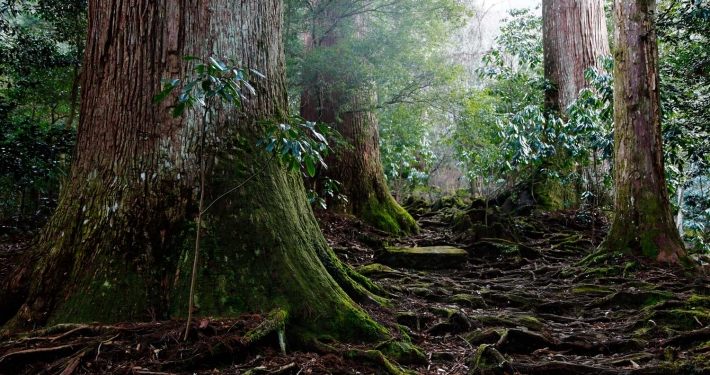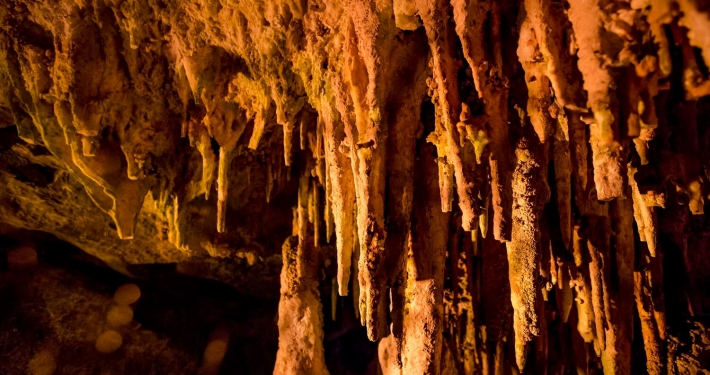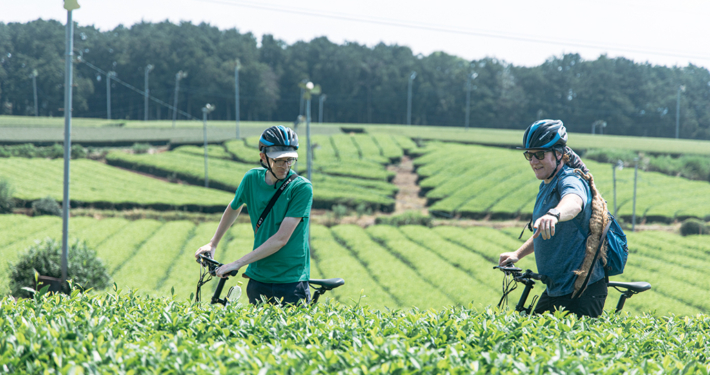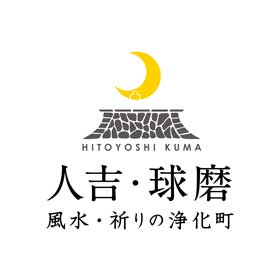The charm of Hitoyoshi Kuma
Hitoyoshi Kuma is a region with a wealth of nature, where the Kuma River, one of Japan’s three swiftest flowing rivers, flows through the middle of a perfect basin surrounded by mountains. Also, since the Sagara clan governed the area from the Kamakura period to the Meiji Restoration, a span of about 700 years, it has been recognized by Japan Heritage as “A culture of conservation and progression born from 700 years of the Sagara clan – the village with the greatest wealth of hidden treasures in Japan – Hitoyoshi Kuma.”
The greatest amount of historical heritage in the prefecture
The 700-year rule of the Sagara clan was not a reign that relied only on military power. By winning over the populace by sparing the existing Shinto shrines and Buddhist temples from destruction, they were able to successfully rule for a long time. Due to this, a great number of Heian period buildings and statues of Buddha remain, and about 80% of the thatched-roof wooden buildings designated as national and prefectural cultural assets in Kumamoto Prefecture are in Hitoyoshi Kuma.
Hot springs of beauty – Hitoyoshi Hot Springs
Hitoyoshi hot springs consist of about 50 hot spring facilities and traditional inns. The hot springs are of a bicarbonate quality called “hot springs of beauty.” The water, which has no smell of sulfur, is said to beautify a person’s skin through its alkaline properties.
World-class local specialties and gourmet food
Due to its characteristics as a basin, Hitoyoshi Kuma has dramatic changes in temperature. It also has the Kawabe River, which boasts the highest water quality in Japan for 13 consecutive years, and is blessed with a variety of agricultural products, freshwater fish, and livestock. Kuma Shochu is produced by 28 distilleries as a world brand, and there is a substantial amount of fruit, including Yamae chestnuts (Kuma chestnuts), which were presented to the Emperor of Japan. Other flourishing areas are the high-quality shaku ayu (ayu, or sweetfish, longer than 30 cm) and yamame trout, as well as the Japanese Black Kuma cattle and dairy farming.
Abundant nature
The Kuma River, one of Japan’s three swiftest flowing rivers, flows down the middle of a basin surrounded by the Kyushu Mountains. From autumn to winter, a mist lies over the area from late at night to early morning, creating dreamlike scenery. In spring, there are cherry blossoms, in summer, clear water, in fall, the turning of the leaves, in winter, mist as well as snow on the mountains. A different side of nature can be seen each season.
Also, Mt. Ichifusa, the highest mountain in the Hitoyoshi Kuma area, has 1,000-year-old high-quality cedars called “Ichifusa cedars.” Recently, it has become a spot where people can do trekking and forest therapy, and there are mountains all over the area where mountain climbing is possible.
LUXURIOUS ITINERARIES IN THE KUMA VALLEY
Picture yourself on an e-bike, winding through the mystic Kuma Valley, discovering the roots of this time-honored distilled spirit. What unfolds next involves a tea farm, an artisanal tofu factory, and an intriguing encounter with a modern-day samurai. How does a farm stay kitchen become the stage for unraveling regional recipes and the essence of a warrior’s code? Join us as we embark on a journey shrouded in mystery and cultural richness, revealing the enigmatic stories of the Sagara clan and the captivating adventures that await.




